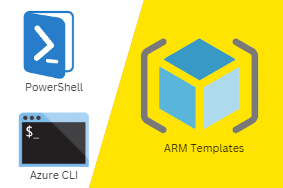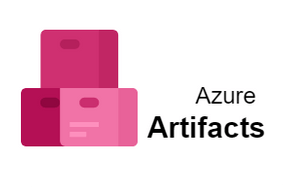In this guide, we’ll introduce you to the various databases that Google Cloud offers, along with some of their most popular use cases. It will also help you determine which of these databases will be the best fit for your app so that you can start implementing them as soon as possible! Whether you need something that scales automatically or are just looking to have more control over your database, we’ve got you covered. Check out some of the most commonly used google cloud databases below!
Introduction
The first and most important thing you need to know about databases is that they are not all created equal. Some cloud databases have substantially more features than others, and it is these special features that can make a database immensely powerful. Google Cloud SQL offers an impressive list of powerful tools, including support for ANSI-92 compliant syntax (created back in 1989) and Structured Query Language, or SQL. This syntax remains popular due to its ability to quickly create queries with multiple tables; working with tables from multiple cloud applications—such as G Suite (formerly Google Apps) and Drive—also utilizes SQL commands.
Storage Options
Where Are Your Data Stored? The location of your data is critical in terms of performance, latency, and compliance. It’s also important from a regulatory standpoint if you are storing confidential customer or employee information in your database. For example, if you operate globally (or have employees working remotely), it’s highly likely that some of your data will be stored on servers outside of your country. In addition, companies subject to EU and US Privacy legislation are under increasing pressure to maintain physical control over their customer and employee data. Many organizations have found themselves in hot water because they lost control of their sensitive customer or employee information due to out-of-control cloud storage providers or shared hosting services.
DB Engine Choices
There are two main database engines, one for each of those types of database. The first is based on SQL and available for all three services: BigQuery ML and Bigtable. The second is based on Dremel and only available for BigQuery data processing/storage. As we’ll see below, there are a few differences between these two versions as well. Be sure you understand which kind of database engine will be best for your project before moving forward with any decisions in that area!
Data Modeling Tools in BigQuery
One of BigQuery’s design goals is to make it easy for people who aren’t data engineers to use. As such, there isn’t much in terms of Data Modeling tools. You can use custom functions or triggers for things like creating derived tables or views but you have a small amount of control over how your table behaves (eg. Changing storage class) although that may be changing in future releases. For me personally, I don’t believe databases are something you can completely hide from developers and so it makes sense that there isn’t more control here since they should be doing their own part in modeling if needed using more traditional database technology platforms out there.
Getting Started with BigQuery
BigQuery is a publically available, pay-as-you-go data analysis and storage cloud service from Google. It has been described as a petabyte-scale data warehouse that is capable of processing trillions of rows in milliseconds and storing up to hundreds of terabytes for future querying. BigQuery supports any programming language that can communicate with REST APIs (i.e., Java, Node.js, Python) along with most major SQL tools (SQL Server Management Studio, MySQL Workbench). This guide aims to provide an overview of getting started with BigQuery as well as helpful strategies on how it can be used in conjunction with other common data warehouses such as Amazon Redshift or Snowflake Computing’s Enterprise Data Warehouse Solution.
Optimizing Queries for Performance
Performance is one of those things that’s easy to say and hard to define. If you’re using Postgres as your cloud database, however, a few simple tricks can make a big difference. Today, we’ll talk about how changing your queries can dramatically change their performance. Note: This post has been updated for 2018, since it was originally written in 2014. In particular, we’ve added a section on optimizing compound queries and have expanded our sample query in that section.
Importing into Tables
When it comes to importing data, there’s a lot of different cloud databases out there with a wide range of features. However, if you’re migrating from an existing MySQL database, there are two options you should consider: Amazon Aurora and Google Cloud SQL. Both can be used for cloud deployments, but Aurora provides higher performance (which may come in handy if you’re planning on scaling up). Another difference is that Aurora gives you multi-datacenter support right out of the box – so your data is replicated across multiple AWS locations – while Cloud SQL gives your more flexibility in terms of choosing where your data gets stored.
Security Features in Google Cloud Platform
In addition to offering robust security out of the box, GCP’s infrastructure is designed to make it easy for you to adapt and extend that security yourself. We have built our infrastructure with a layered security model, so you can use different products and services at different layers of your data infrastructure. This flexibility means you get more bang for your buck: it provides a set of services that work together seamlessly without extra effort on your part. And since we let developers integrate third-party tools in their code, we also enable them to do anything they want—creating a more flexible system that’s better suited for solving modern problems than traditional one-size-fits-all cloud solutions.
Conclusion
With so many different cloud database options, it can be hard to know where to start. But if you’re an experienced web developer and want a robust, flexible system that can handle loads of users and terabytes of data, then Bigtable is for you. If your site requires lots of custom queries or complex relationships between different entities and data points, Firebase is a good option as well. Whatever your needs may be, check out our guide on how to choose a cloud database today!



0 Comments